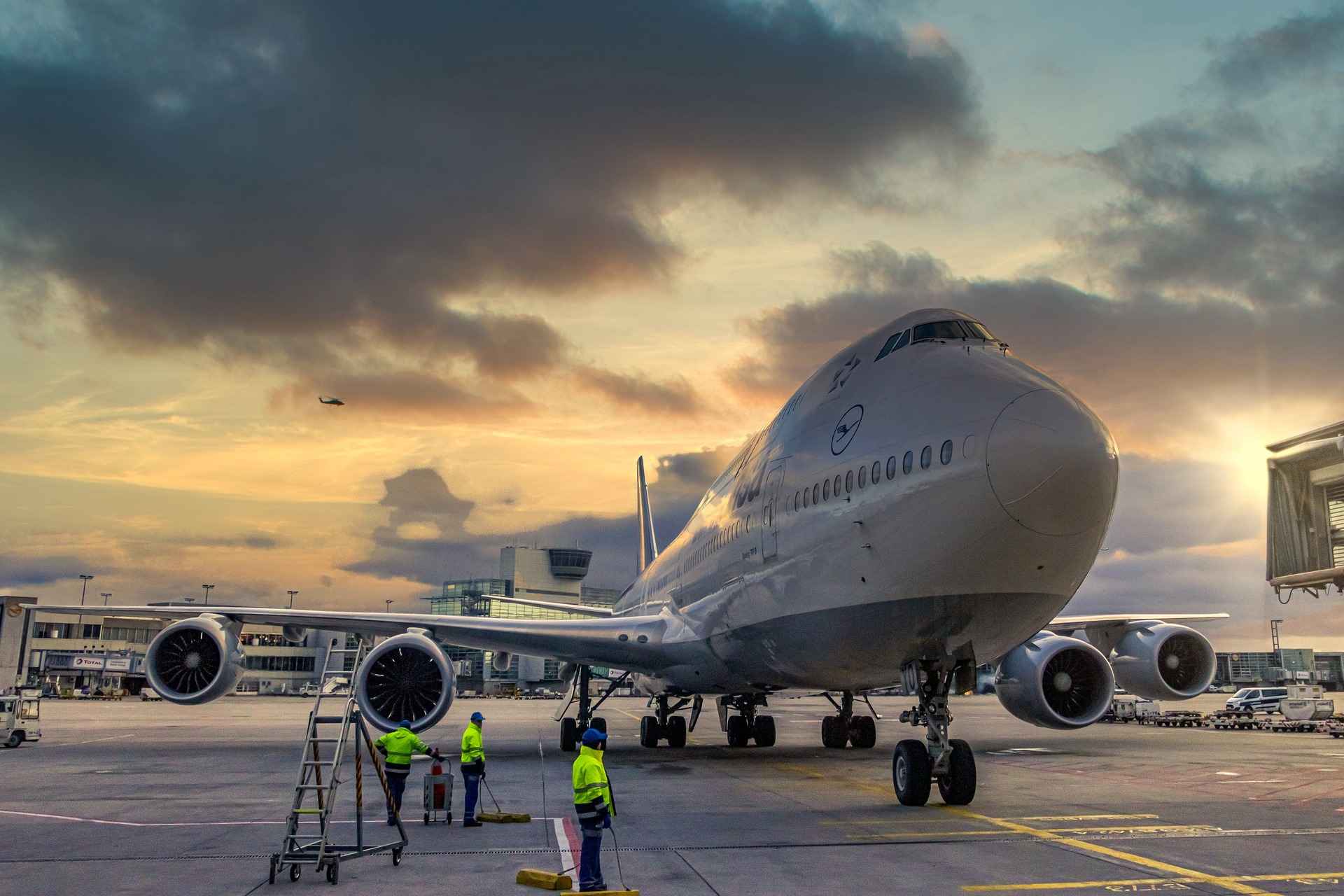
Ground Power Units (GPU) play a crucial role in the aviation industry, providing essential electrical power to aircraft while they are on the ground. In this article, we will delve into the significance of GPUs, their applications in aviation, their size, functionality, and how they differ from Auxiliary Power Units (APUs). Additionally, we will explore a notable product in this domain, the Power Boost Deluxe.
The Use and Applications of Ground Power Units:
Ground Power Units serve as external power sources for aircraft during various ground operations. They supply electrical energy for crucial functions such as cockpit operations, aircraft systems, and maintenance activities. GPUs are utilized during pre-flight preparations, passenger boarding, engine maintenance, avionics testing, and other ground operations. By using a reliable GPU, airlines can reduce fuel consumption and minimize wear on the aircraft’s internal power systems.
The Size of Ground Power Units:
Ground Power Units come in a range of sizes to accommodate different aircraft types and power requirements. They can vary from compact portable units for smaller aircraft to larger, stationary units designed for wide-body jets. The size of a GPU is typically determined by its power output capacity, which is measured in kilovolt-amperes (kVA) or sometimes in volts and amperes (V/A).
How Ground Power Units Work with Aircraft:
When an aircraft is on the ground and requires external power, a GPU is connected to the aircraft’s electrical system via a power cable. The GPU supplies the necessary electrical energy, enabling the aircraft’s systems to operate without relying on internal power sources like the APU or engines. GPUs typically provide clean and stable power, ensuring the smooth operation of critical avionics systems and minimizing the risk of power fluctuations.
The Difference between APU and Ground Power:
Auxiliary Power Units (APUs) are built-in power sources installed within aircraft. They serve as a secondary power system and can provide electrical power and pneumatic power for various onboard functions. In contrast, Ground Power Units are external devices that supply power to aircraft when they are on the ground. GPUs are connected via cables and offer a reliable and cost-effective alternative to using the APU for ground operations.
The Difference between GPU and APU in Aviation:
While APUs are essential for powering aircraft systems during flight, GPUs are specifically designed to cater to ground operations. GPUs are capable of delivering higher power outputs compared to APUs, making them suitable for heavy-duty operations such as engine starts and maintenance procedures. Moreover, using a GPU instead of the APU for ground power can extend the APU’s lifespan and reduce maintenance costs.
Introducing the Power Boost Deluxe:
One notable GPU product in the market is the Power Boost Deluxe, offered by MCB Electronics. The Power Boost Deluxe is a high-performance GPU that delivers reliable and stable power to aircraft. With its advanced features, including adjustable voltage and frequency settings, overload protection, and user-friendly controls, the Power Boost Deluxe ensures efficient and safe ground operations.
Ground Power Units are indispensable tools in the aviation industry, providing external power to aircraft during ground operations. Their use enhances efficiency, reduces fuel consumption, and minimizes wear on internal power systems. Understanding the importance of GPUs, their applications, and their differences from APUs can help airlines optimize their ground operations. The Power Boost Deluxe stands out as a reliable GPU option, offering advanced features to meet the power needs of various aircraft.
Francesco Franco